Keegan Downer: Short, sad life of murdered baby
- Published
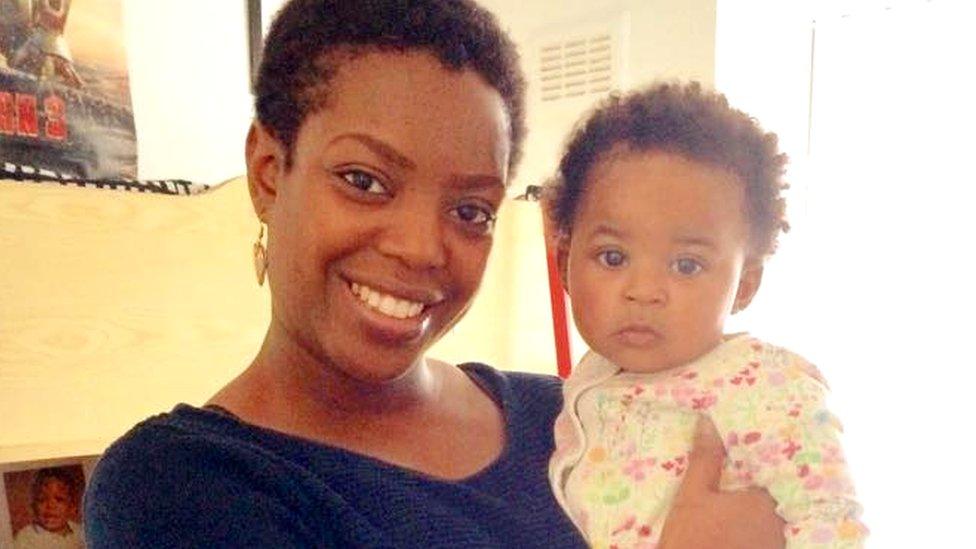
Kandyce Downer became the legal guardian of Keegan Downer in January 2015
The legal guardian of 18-month-old Keegan Downer has been found guilty of murdering her in Birmingham. Kandyce Downer was meant to love and protect her ward, but instead, over a period of months, battered her to death. As a court heard, the only protective instinct she showed was toward herself when she tried to destroy evidence later used to convict her.
Keegan was lying dead in the family home in Weoley Castle when Kandyce Downer drove another child to church and disposed of a blood-stained mattress and pillow in a rubbish bag at the side of a road.
When questioned about Keegan's death, she even tried to protect herself at the expense of another of her children, telling the jury her son was responsible for Keegan's injuries.
This was no "shaken baby syndrome", the court heard. The toddler did not die from a sudden catastrophic incident, but from a combination of septicaemia, blunt chest trauma and head injuries.
Downer denied even noticing Keegan's injuries, let alone causing them.
What is not known, and possibly never will be, is why Downer did it.
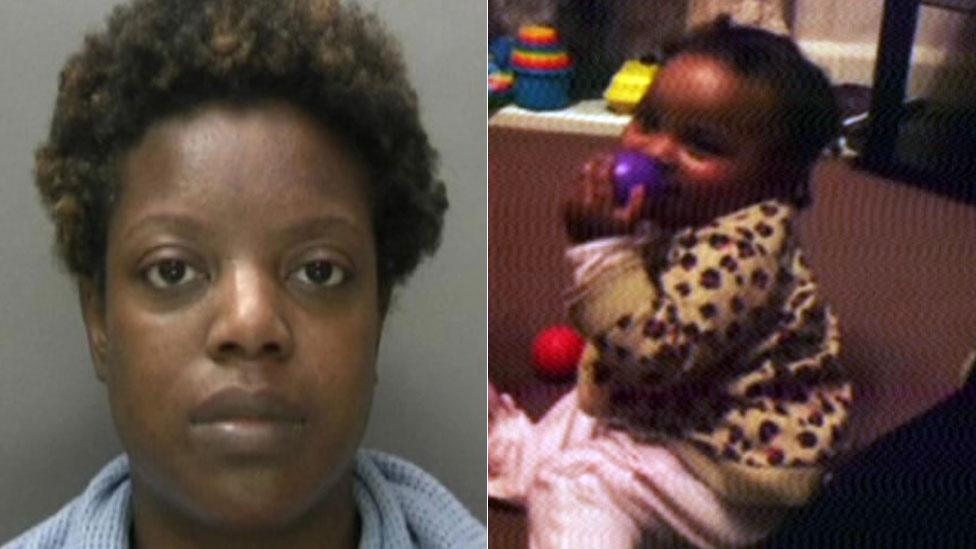
The toddler had been assaulted over a number of months, the post-mortem examination revealed. One of her legs was deformed as a result of it being broken. She would have suffered, doctors said, "excruciating" pain.
Fractures, some partly-healed but all untreated, were found on her ribs, both arms, both legs and spine. There was barely a place on her small body where there were not bruises and scratches.
Forensic scientists discovered more than 80 blood spatters on the walls by her cot, more than 30 within the cot, and more on the doors of an under stairs cupboard.
She was not only horrifically hurt, but desperately unwell. Untreated breaks led to some of her bones becoming infected. She had a large amount of pus in her pleural cavity. She would have been short of breath, feverish, and suffer headaches.
If the end of Keegan's life was violent, the beginning was equally bleak.
She was born in March 2014, named Shi-Anne Rose Gi-Gi Downer. Because her mother was addicted to heroin, she was immediately placed in the care of social services.
Doctors were worried about her before she was born. Her mother's heroin use throughout her pregnancy led to concerns the baby might also be dependant and would have to go through a painful and distressing withdrawal.
But little Shi-Anne was a fighter. She spent five days in a neo-natal intensive care unit and recovered.

After her death, well-wishers left toys and flowers outside the house in which Keegan lived
She was then placed with an experienced foster-carer, Jane Murray, and continued to thrive. Her only physical problems were some minor dry skin patches.
Medical assessments show she was developing normally. She was a good eater, enjoyed pushing a walker around and would sit and laugh when playing with toys.
Ten months later, in January 2015, Shi-Anne was given to Kandyce Downer, a mother-of-four and distant relative of Shi-Anne's mother. Kandyce changed the baby's name from Shi-Anne to Keegan. Shi-Anne was no more. Eight months after that, Keegan was dead.
Although they shared a surname, the pair were not related by blood. Kandyce was married to Negus Downer, a cousin of Keegan's biological father David.
Downer had put herself forward to the local authority as a potential carer for Keegan.
A visiting plan was arranged so Keegan and Kandyce could get to know one another at Mrs Murray's house, and everything seemed to be going according to plan, the court was told. Downer would be paid £125.09 a week by the local authority to look after Keegan.
But in September 2014, Mrs Murray was contacted by Downer, who cancelled a planned visit as she was awaiting a decision on Keegan's funding.
Mrs Murray thought this was an unusual reason to cancel a visit and was so concerned the defendant was motivated only by money that she forwarded the messages to a social worker.
But the funding was confirmed and the visits resumed.

Some neighbours said they were unaware that Keegan lived in the home
Over a period of months Keegan had a number of overnight stays with Downer. Mrs Murray was surprised when Downer told her Keegan slept all the way through the night, because in her care she would always wake up at some point.
After these overnight stays, Keegan's happy personality became "flat", Mrs Murray thought.
"It would take her a while to start smiling again and return to her usual self," she told Birmingham Crown Court.
When Keegan began living with Downer, she slept in a cot in the woman's bedroom - but shortly afterwards was moved into a room she shared with two other children. A further two children also lived at the property.
A health visitor reported Keegan seemed well and showed no signs of distress. The visit was described as "uneventful". Keegan went to nursery where she seemed "fine and happy".
It's not known when Downer began to be violent to Keegan. She was considered to be a good mother to her four biological children.
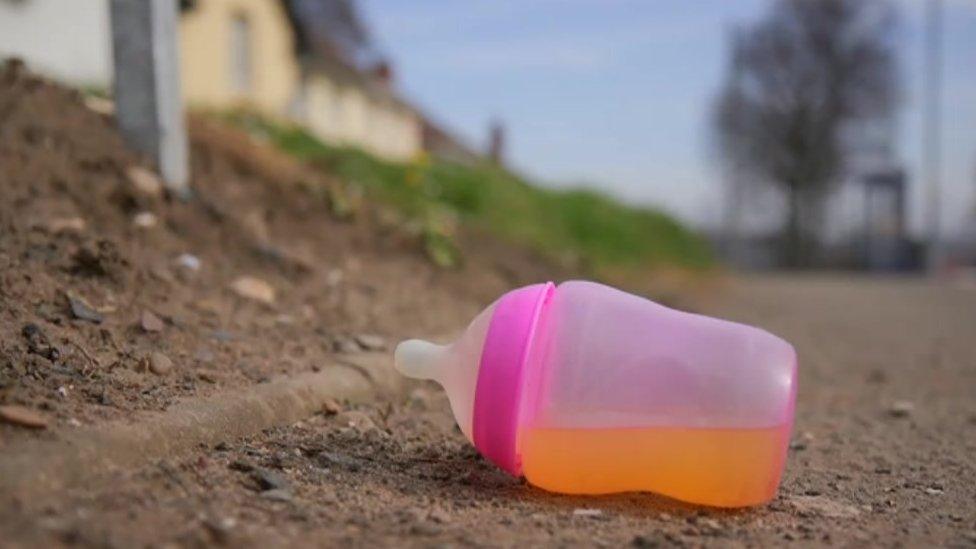
Keegan's injuries were sustained over months. She died from a combination of factors, including infection
However, she was in the process of getting divorced and was secretly pregnant with her married boyfriend's child.
Throughout the trial, Downer's case was that she did not cause any of the injuries and that she never noticed any unusual pain or discomfort in Keegan at all - something the prosecution said was "preposterous".
Given the catalogue of injuries sustained by Keegan, Downer must have started attacking her a few months after she was made the child's permanent guardian.
Medical experts told the court Keegan's injuries would have caused her to scream and cry - but perhaps surprisingly, neighbours hadn't noticed anything. One of them, James Golden, said he until he heard Keegan had died, he'd been unaware of her presence at all.
Kelly Bragg, a neighbour who also sold cosmetics to Downer, visited the house occasionally in 2015 and thought it odd that she never saw the baby when she visited.
The day Keegan died, Downer had left her alone in the house several times. She dropped another daughter off at a church where she was to be a bridesmaid.
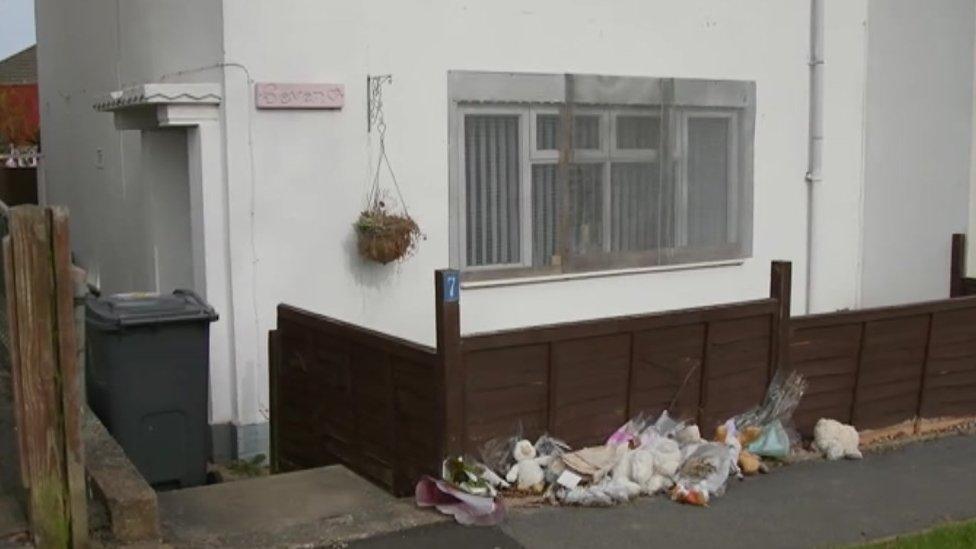
Four children as well as Keegan lived in the three-bedroom house in Weoley Castle, Birmingham
She admitted this to police but didn't mention she'd left the home a second time - this time taking rubbish bags with her. She dumped them at the side of the road. They were later discovered to have blood-stained bedding in them.
Only after returning from the second trip did she dial 999. She told ambulance staff she'd had a bath before checking on Keegan, who'd been unresponsive. She claimed she called the emergency services straight away.
In all likelihood, Keegan had been lying dead in her cot while Downer got on with her self-imposed chores, the court heard.
Doctors at the hospital where Keegan was pronounced dead found Downer "unusual", in that she didn't seem to pay attention to what was going on, and repeatedly asked if she was going to get into trouble.
She was arrested at the hospital. When interviewed by the police she said: "I accept that I had full responsibility of the care for Keegan. In exercising my responsibility, I have looked after and cared for Keegan like my own child."
The prosecution argued that with this sentence Downer acknowledged it was she, and she alone, who killed the little girl.
Her treatment of Keegan was described by investigating police as "barbaric, inhuman and downright evil".
The jury agreed.
- Published21 April 2016
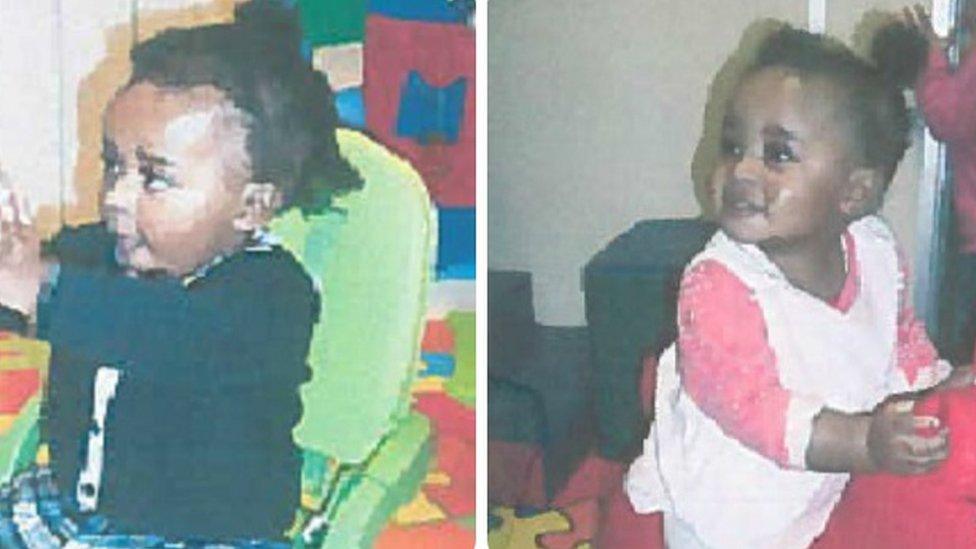
- Published7 April 2016
